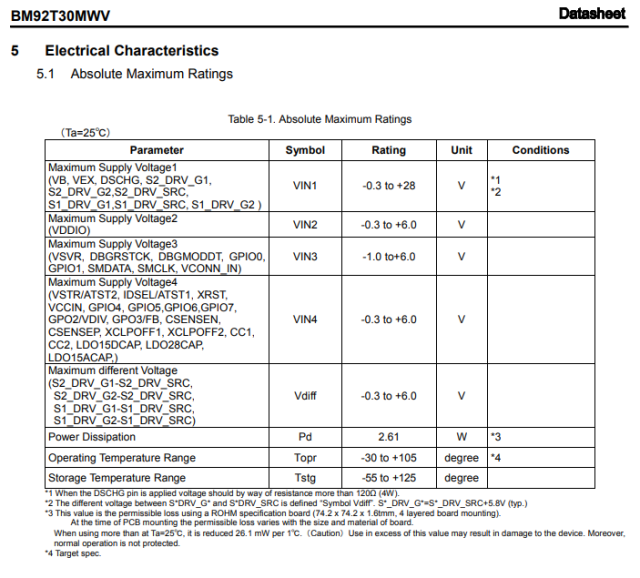
For over a year, Nintendo Switch owners have wondered about—and outright feared—plugging their "hybrid" portable console into unofficial docks. And for good reason: scary, anecdotal reports about third-party Switch docks "bricking" the machine popped up soon after the console received its version 5.0 update in early 2018. What gives?
Many people suspected that the Nintendo Switch is not properly USB-C PD (power delivery) compliant. Thanks to a recent deeper dive from an engineer's research, we have more insights as to the real cause—and reason to believe that users' initial suspicions weren't quite accurate. As Redditor "VECTORDRIVER" explained on Thursday, the Switch uses an M92T36 Power Delivery chip—and that's the part that most frequently burns out after use of third-party charging equipment.
There doesn't appear to be a datasheet available for the M92T36, but there is an available datasheet for a very similar chipset, Rohm Semiconductor's M92T30. The literal smoking gun here is the maximum voltage rating on the Configuration Channel pin (used for negotiating power delivery rates), listed at 6V.

While a wide variety of third-party chargers and cables have been linked to Switch bricking, the most common complaints seem to center on a third-party dock made by Nyko. Like many cheap USB-C chargers, the Nyko dock does not actually have a dedicated PD controller; it instead implements the PD protocol using a general purpose microcontroller—and that microcontroller was sending 9V to the Switch over the CC pin, exceeding the absolute maximum voltage rating by 50%. And as they taught me in Electronics Technician A School in my Navy days, when you let the magic smoke out, the widget stops working.
-
This is a shot of the Nyko dock's motherboard, from Ars' 2017 review. The microcontroller emulating PD protocols is on the lower left.Sam Machkovech
-
This zoomed-in shot shows you the microcontroller Nyko uses to—imperfectly—emulate a dedicated PD controller.Sam Machkovech
There is one area in which the rumors of Switches getting bricked due to proprietary, non-standard Nintendo design is correct, however. Nintendo wanted the Switch to slide very smoothly in and out of its dock—but the USB-C mechanical design spec doesn't allow for that. So Nintendo's own dock for the Switch is very slightly narrower than the USB-C standard in order to provide the desired smooth slide instead of the usual snug click.
Third parties want to emulate that mechanical feel as closely as possible, but there's no published standard—they basically just take a stab at it and hope for the best. Given that the standard already has pins spaced only 0.5mm apart, even a slight design or manufacturing defect is likely to cause a port to fail.
If the port fails open—meaning pins just don't make electrical contact—there's usually no real harm done. But if they fail short—meaning pins are bridged electrically to pins they have no business connecting to—you may easily overvolt a pin. Remember that 6V absolute maximum rating on the Configuration Channel of the Switch's USB-C PD chip? Well, it's only 0.5mm away from the VBus (main power line), which carries 15V.
Finally, you may brick your Switch if you use USB-C to USB-A adapter cables. There are two variants of the cable; one with a 10K ohm resistor, and one with a 56K ohm resistor. This isn't directly dangerous to the Switch itself, but using a 10K ohm cable with a low-powered USB-A charger may overload it, damaging the charger—and a damaged charger could produce unexpected voltage on an output pin, which might in turn damage the Switch as well.
reader comments
133